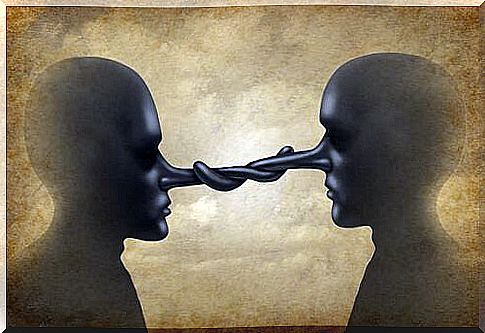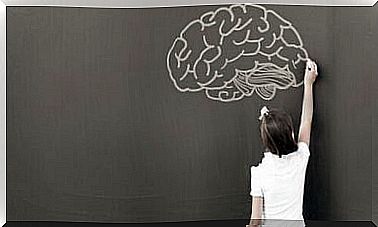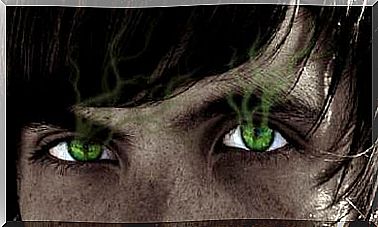3 Body Signals Lie Detector

It is evident that simulation, deception and lies are part of human nature and are present in both personal and social life. The ways in which men communicate are based on a game of roles, where the person is mixed with what he seems, reality with imagination, the function of author with that of actor.
There are two basic ways of lying, one is to hide and withhold information, without saying anything that is not true, and the other is to falsify reality, not only by hiding the true information, but also by presenting the false information as if it were. truthful. The benefits of hiding information range from getting something to manipulation.
Lie-revealing bodily signals
Communication psychology says that 50% of messages sent or received are non-verbal in nature. Only a part can be controlled voluntarily and, usually, these are signals ignored by the communicator, but not by the recipient of the message.

Through these signals, we can understand the feelings and attitudes of other people; if they try to hide something or if there are inconsistencies between the spoken and unspoken message. Simulation detectors are used to uncover lies and deceit.
At a scientific level, the following indicators are alluded to:
Of the face
Long-lasting facial expressions are usually fake. So when we think too much about what we are saying to be convincing, we exaggerate our facial expression. As for the smile, this is false if it is not accompanied by the orbicular muscles of the eyelids, but only involves the lower part of the face . Finally, regarding blinking of the eyelids, an increase in frequency validates the emotion that accompanies our words.
Of the body
Body signals are actions that attempt to emphasize what is being said and can be manipulated voluntarily, with movements whereby one part of the body massages, scratches, grasps or strokes another part.

There are two ways to understand if a bodily gesture is a signal that reveals hidden information:
- Only part of the gesture is performed and not the complete action, for example: shrugging shoulders.
- The gesture is performed outside the presentation position of the individual in front of the other.
The voice
Let us recall the most common signs of lying: too long or frequent pauses, hesitation when speaking, errors that fail to form complete words, interjections, repetitions and partial words.
How to spot the lie?
Liars think more about what they say and less about non-verbal communication. Words are easier to control than emotional expressions and micro-expressions. There are three main reasons non-verbal behavior can expose deception:
- Lying causes stress, fear and strain which result in observable expressions and gestures. Non-verbal clues express emotions of fear or of not preparing the lie.
- The exaggerated attempt to control information produces artificial acts with little emotion, few gestures and movements, which reveal an inconsistency between verbal and non-verbal language.
- The higher cognitive processes that accompany the act of lying lead to involuntary non-verbal behaviors.
These indicators must be considered as a whole and in the social and psychological context of the specific situation in which they occur, not in isolation. Nor should we seek the lie at all costs as if it were an inevitable reality because mistakes could be made in trying to evaluate the simulation and the deception.

Not even the most experienced liars have the ability to clearly control their unconscious, which will eventually betray them. When the mind doubts, the hand trembles and the same happens with body language: when we feel threatened, the body begins to speak.









